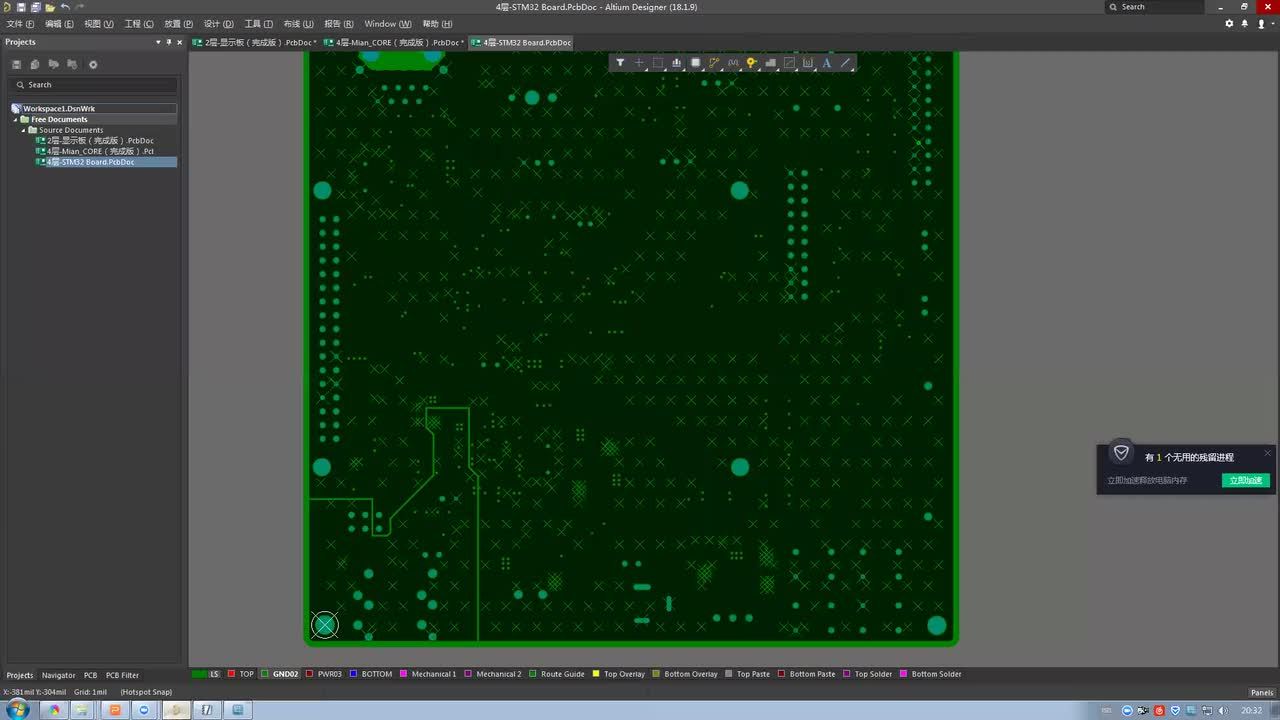四层板设计思路及与二层板的区别
已创建:January 22, 2019
已更新:March 16, 2020
已更新:March 16, 2020

相关资源
相关的技术文档
Take advantage of the world's
most trusted PCB design system.
One interface. One data
model. Endless possibilities.
Effortlessly collaborate with
mechanical designers.
The world's most trusted
PCB design platform
Best in class interactive
routing
View License Options
解决方案
联系我们
产品扩展


 沪公网安备 31010502006411号
沪公网安备 31010502006411号